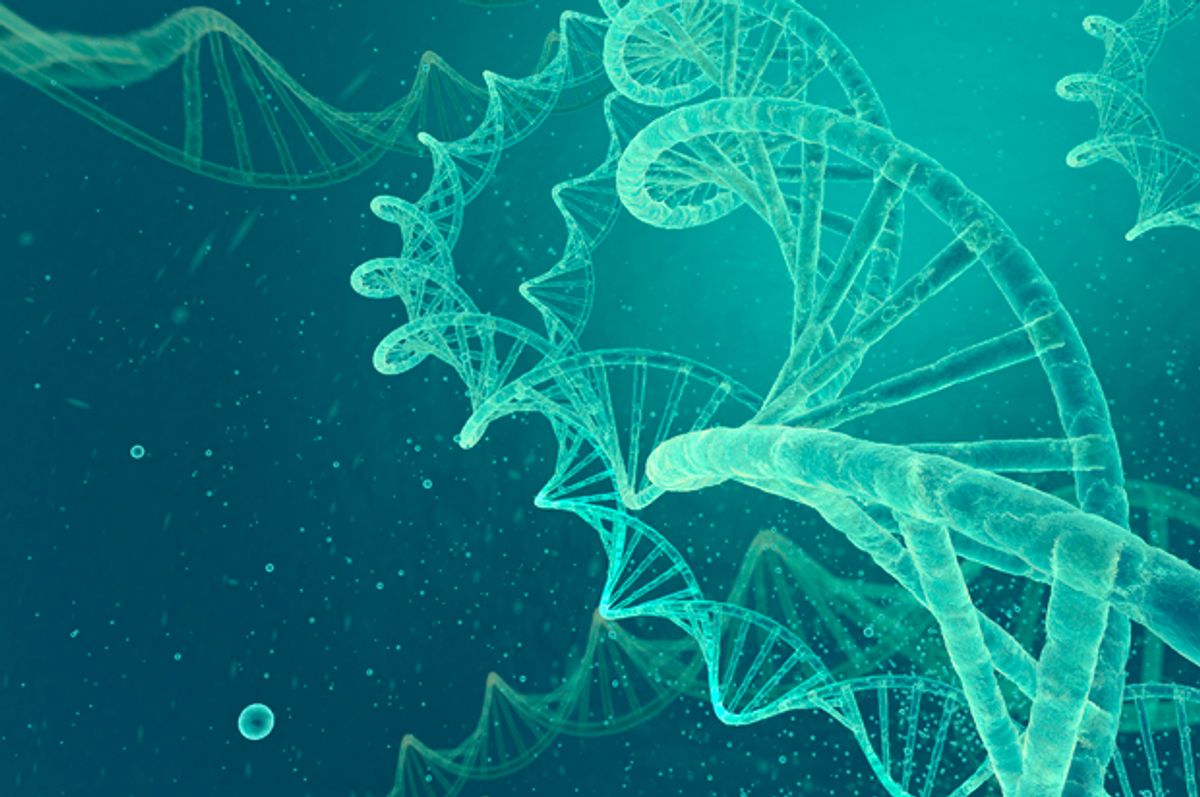Attorney General Jeff Sessions announced this week that the Justice Department is closing a federal agency formed four years ago that was designed to instill more scientific rigor in the forensic sciences. The National Commission on Forensic Science had been working on best practices for crime labs and had been funding research to assess reliability in whole fields of evidence. Sessions said a new approach will be outlined by an as-yet-unnamed "senior forensic advisor.”
As ProPublica originally detailed in April 2015, there has been plenty of reporting over the years on faulty forensics.
With the introduction of DNA analysis three decades ago, criminal investigations and prosecutions gained a powerful tool to link suspects to crimes through biological evidence. This field has also exposed scores of wrongful convictions, and raised serious questions about the forensic science used in building cases.
This week, The Washington Post reported the first results from a sweeping study of the FBI forensic hair comparison unit, finding that 26 of 28 examiners in the unit gave flawed testimony in more than 200 cases during the 1980s and 1990s. Examiners overstated the accuracy of their analysis in ways that aided prosecutors. The National Association of Criminal Defense Lawyers and the Innocence Project are conducting the study with the cooperation of the U.S. Justice Department.
The development is only the latest to shake public faith in what police and prosecutors have often cited as scientific proof. In 2009, the National Academy of Sciences published an exhaustive review of the forensic sciences, concluding that only nuclear DNA analysis has a foundation in research. "Although research has been done in some disciplines," the report states, "there is a notable dearth of peer-reviewed, published studies establishing the scientific bases and validity of many forensic methods."
Fields based on matching patterns in fingerprints and hair have unknown error rates. Other methods are believed to be even more dubious, most notably the analysis of bite-mark injuries on victims' bodies. Still, while the forensic sciences are under scrutiny, unproven practices, both old and new, continue to be used in courtrooms.
Ryan Gabrielson is a reporter for ProPublica covering the U.S. justice system. You can follow him @RyanGabrielson on Twitter.



Shares